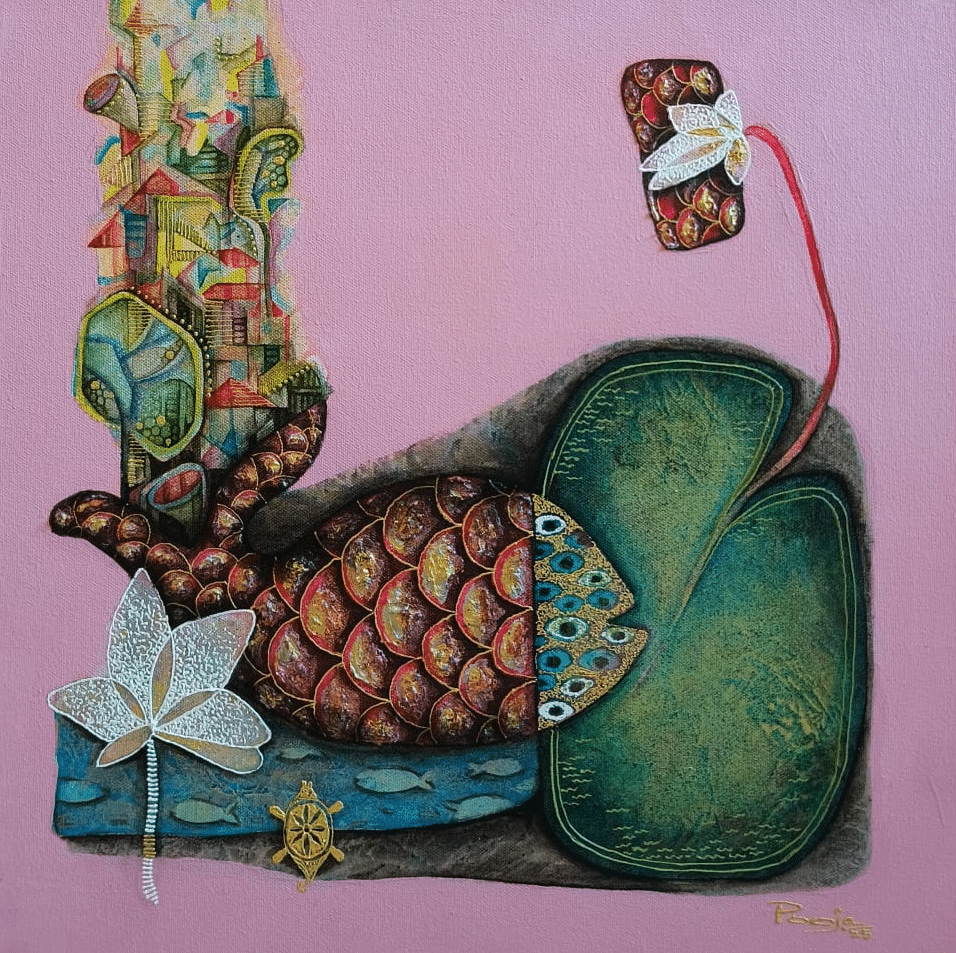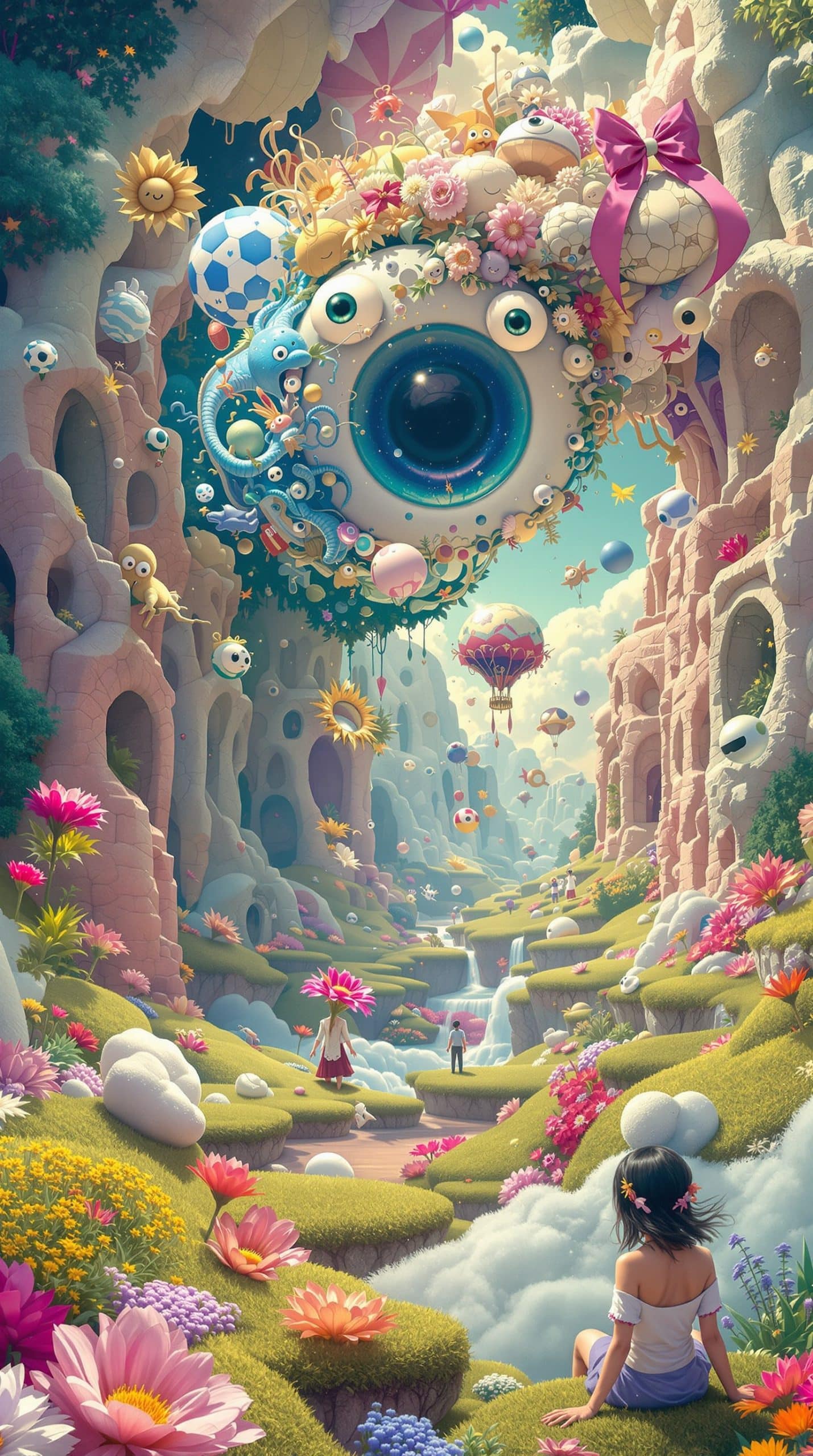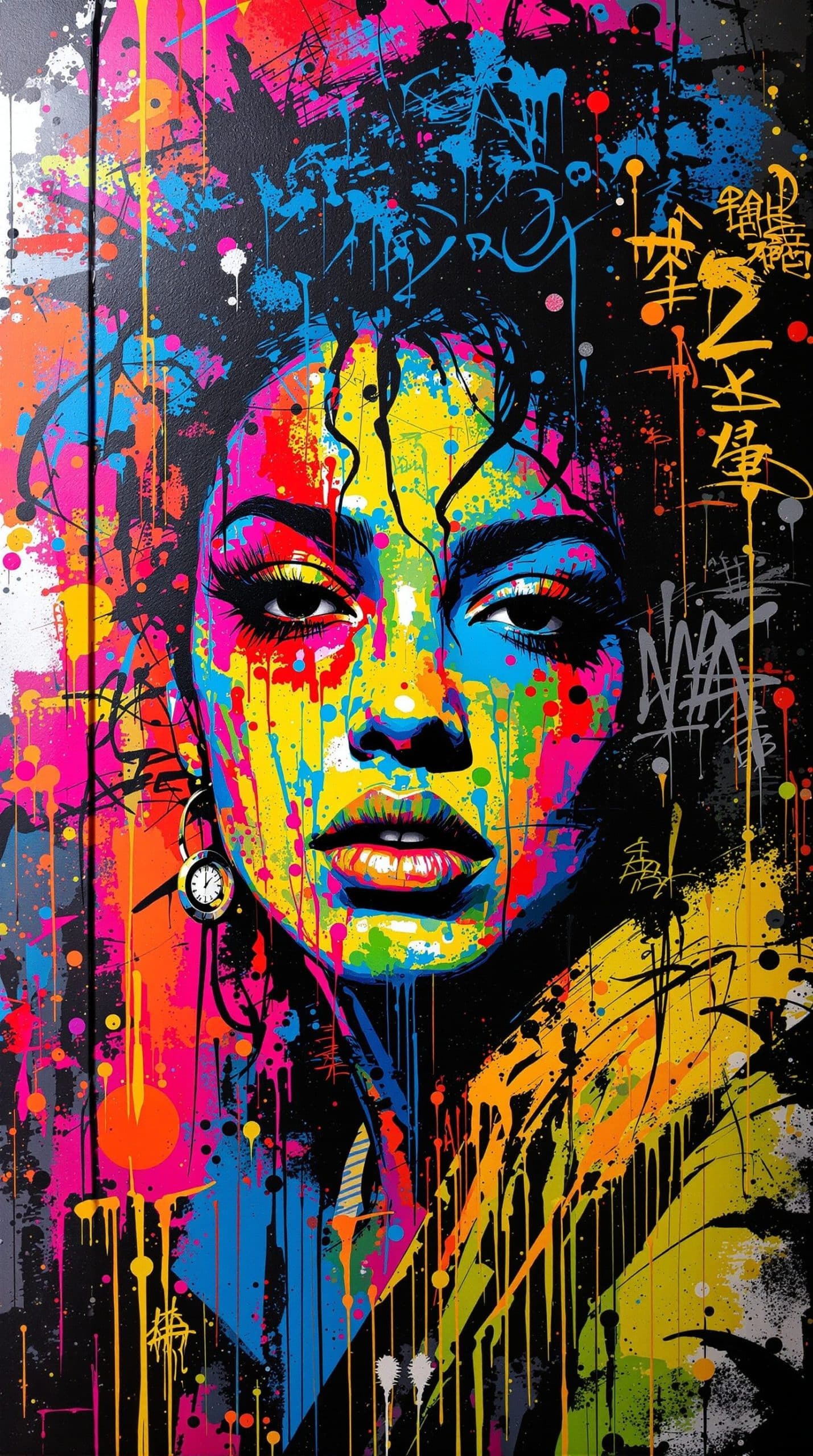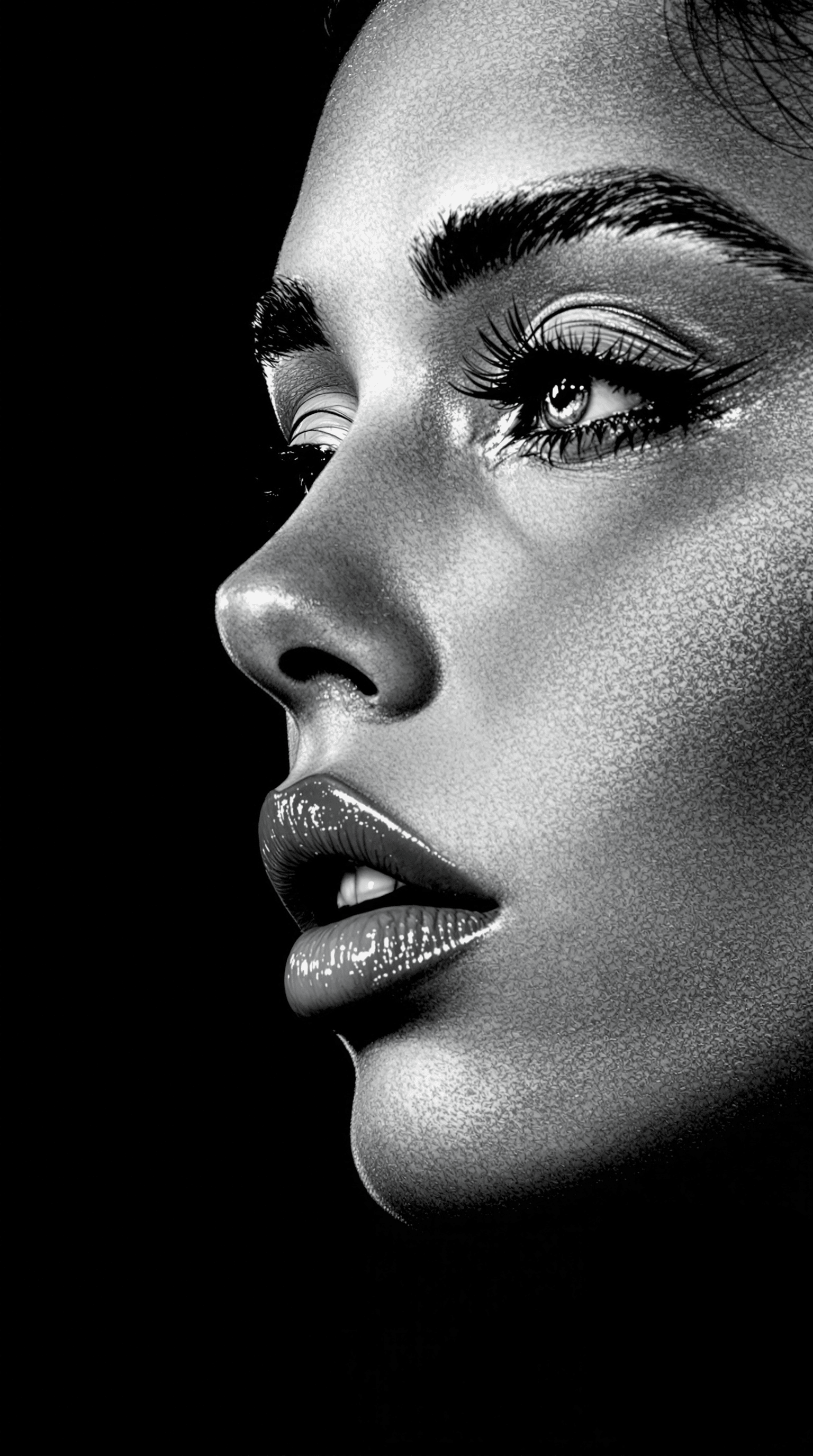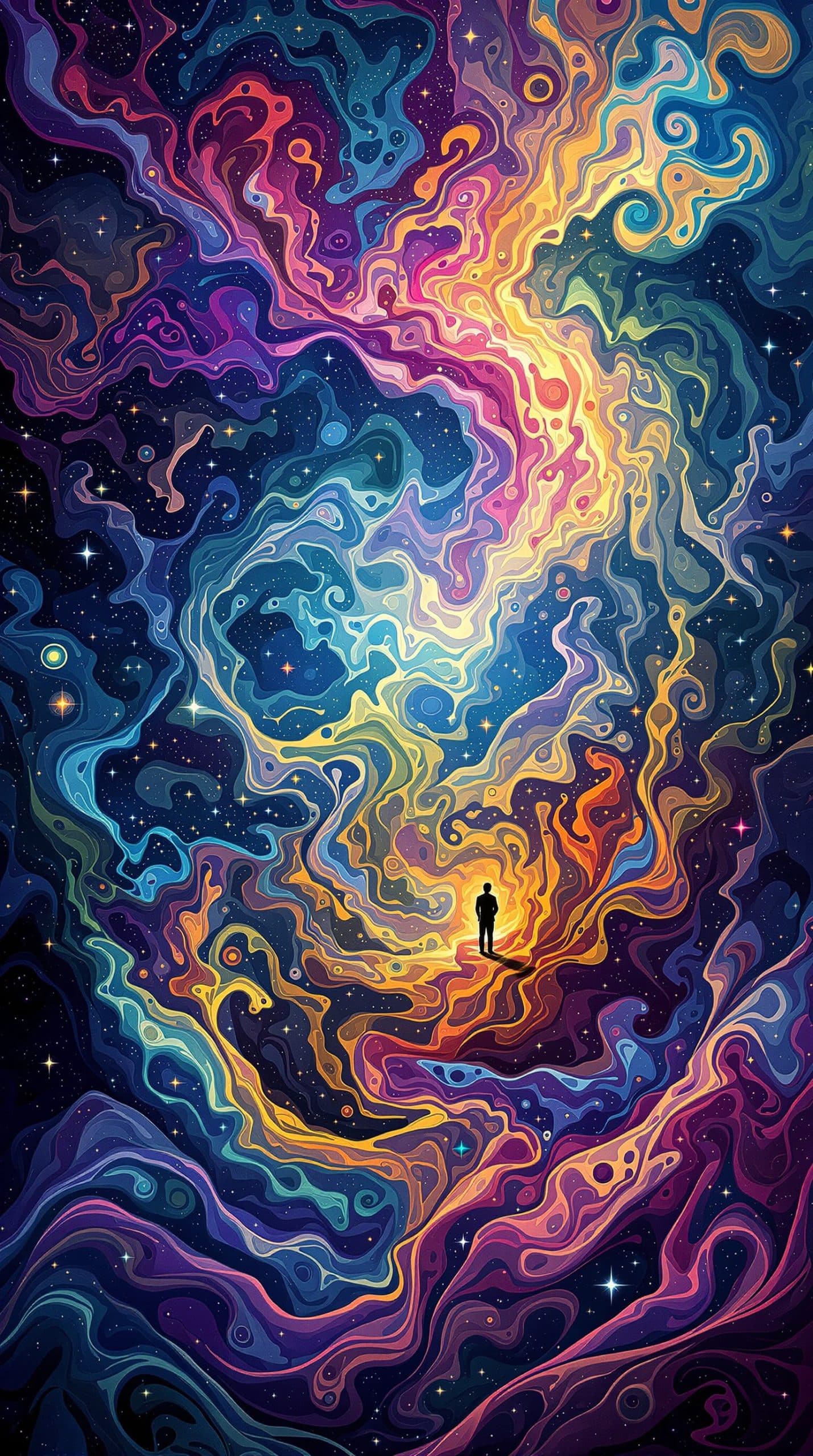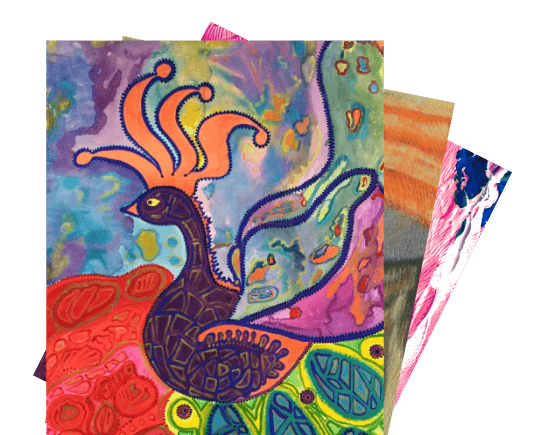Filters
Available Artwork
Artist By Country
Showing all 7 results
Other styles of paintings you may like
Origins of Pink Painting:
The popular colour pink traces its history back to ancient times; the colour was recognised as a concept in Homer's Odyssey, dating back to around 800 B.C. Pink was used in religious art and women's fashion in the Middle Ages. In the 13th and 14th centuries, the Christ child was often portrayed dressed in pink, as seen in the works of Cimabue and Duccio. Pink was associated with the body of Christ.
During the High Renaissance period, in Raphael's "The Madonna of the Pinks" painting, it is seen that the Christ child presents a pink flower to the Virgin Mary. The colour pink represents the spiritual symbol of the bond between a child and their mother. Additionally, during this period, pink was predominantly used to describe the flesh colour of white faces and hands. The pigment commonly used for this was called light cinabrese; it was a mixture of the red earth pigment called sinopia, also known as Venetian red, and a white pigment called Bianco San Genovese, or lime white.
A Greek Botanist coined the term pink in the 17th century. By the mid-18th century, pink had become associated with fashion among both men and women of the aristocracy, emerging as a symbol of class and luxury. The Rococo movement, also known as the Late Baroque movement, which began in France in the 18th century, played a crucial role in establishing the popularity of the colour pink in the Western art historical canon. The sun-dappled dresses, enchanted forests, and saucy lovers’ whispers characterise the indulgent oil paintings of Jean-Honoré Fragonard from the 1770s. Additionally, the colour pink was considered a symbol of seduction in the portraits created by George Romney of Emma, Lady Hamilton, the future mistress of Admiral Nelson. However, it also carried a different meaning in the picture of Sarah Barrett Moulton, created by Thomas Lawrence. In this painting, it symbolised childhood, innocence and tenderness. In 1850, Queen Victoria was painted with her seventh child and third son, Prince Arthur, who was dressed in white and pink. Later, in the late nineteenth century, French Impressionist painters frequently depicted women wearing pink in their pastel-coloured works. Examples include Edgar Degas' paintings of ballet dancers and Mary Cassatt's depictions of women and children.
And by the 20th century, pink had established its place in modern art movements. Impressionists like Monet and Degas used playful pink in flowers and garments, while Fauvist and Pop artists—including Warhol and Hockney—embraced vivid pink to express bold statements. This demonstrates the complete evolution of the pink hue from an earthen pigment to a cultural symbol and fine art staple.








